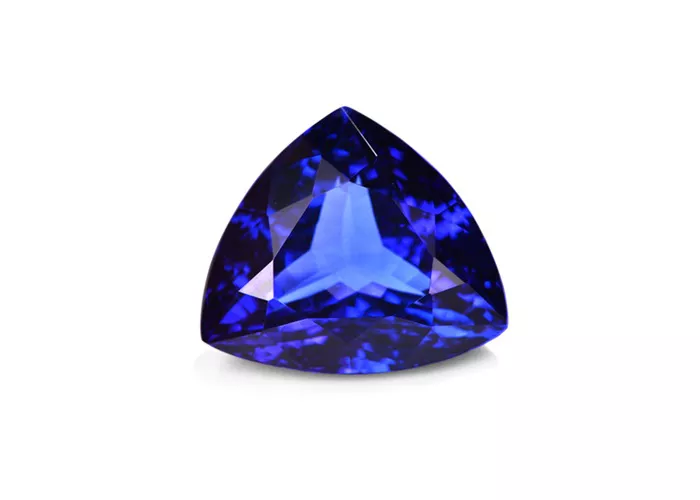In this article, I will explain in detail how to detect the authenticity of sapphires from a professional perspective, including their characteristics, testing methods, and common treatments.
What are sapphires?
Sapphires are a type of corundum, which is a mineral composed of aluminum oxide. They are prized for their durability, beauty, and rarity, and are often used in jewelry, including rings, necklaces, and earrings.
Sapphires are found in many parts of the world, including Australia, Madagascar, Sri Lanka, and Tanzania. They come in a variety of colors, including blue, yellow, green, and pink.
Characteristics of sapphires
Sapphires have a number of unique characteristics that distinguish them from other types of gemstones. These include:
Hardness: Sapphires are one of the hardest minerals on Earth, with a rating of 9 on the Mohs scale of hardness. This means that they are very resistant to scratching and can withstand everyday wear and tear.
Color: The color of sapphires can vary depending on the trace elements present within the crystal structure. The most common color of sapphires is blue, but they can also be yellow, green, pink, and other colors.
Clarity: The clarity of sapphires refers to the presence or absence of inclusions or blemishes within the gemstone. The fewer inclusions or blemishes, the more valuable the gemstone is.
Cut: The cut of sapphires refers to the way in which they have been shaped and faceted. A well-cut gemstone will have excellent symmetry, proportions, and polish, which will enhance its brilliance and overall beauty.
Testing methods for sapphire authenticity
There are several testing methods that can be used to determine the authenticity of sapphires. These include:
Visual inspection: A visual inspection of the sapphire can reveal certain characteristics that may indicate whether or not it is authentic. For example, natural sapphires will often have inclusions or blemishes within the gemstone, while synthetic sapphires may appear too perfect or have a more uniform color.
Magnification: Using a jeweler’s loupe or microscope, the gemstone can be examined more closely for inclusions or blemishes. Natural sapphires will often have characteristic inclusions, while synthetic sapphires may have bubbles or other features that are not found in natural sapphires.
Refractometer: A refractometer is a tool that measures the refractive index of a gemstone. Natural sapphires will have a refractive index of around 1.76, while synthetic sapphires may have a slightly different refractive index.
UV light: Some sapphires will fluoresce under UV light. Natural sapphires will often have a weak fluorescence, while synthetic sapphires may have a stronger fluorescence.
Common treatments for sapphires
There are several common treatments that are used to enhance the color and clarity of sapphires. These treatments can make it more difficult to determine the authenticity of the gemstone. Common treatments include:
Heating: Heating is a common treatment used to enhance the color and clarity of sapphires. This treatment involves heating the gemstone to high temperatures to remove inclusions and enhance the color.
Diffusion: Diffusion is a treatment that involves diffusing certain elements into the surface of the gemstone to enhance its color. This treatment is often used on lower-quality sapphires to make them more marketable.
Irradiation: Irradiation is a treatment that involves exposing the gemstone to radiation to enhance its color. This treatment is often used on lower-quality sapphires to make them more marketable.
Fracture filling: Fracture filling is a treatment that involves filling in surface-reaching fractures with a glass-like substance to enhance the clarity of the gemstone. This treatment can make it more difficult to detect inclusions or blemishes within the gemstone.
Conclusion
In summary, sapphires are a type of corundum that are prized for their durability, beauty, and rarity. There are several testing methods that can be used to determine the authenticity of sapphires, including visual inspection, magnification, refractometry, and UV light. However, it is important to note that common treatments, such as heating, diffusion, irradiation, and fracture filling, can make it more difficult to determine the authenticity of the gemstone. As a jewelry appraiser, I recommend that when purchasing sapphires, one should choose reputable merchants and carefully check the quality and certificate of the gemstone to ensure its value and authenticity.
Related topic:
- Can Iamitabh Blue Sapphire Bring You Luck?
- 5 Reasons to Choose a David Yurman Blue Sapphire Necklace
- Why Is Fancy Blue Sapphire the Gem of Choice for Royals?


